6 Reasons to Buy the LG V35 ThinQ (and 4 to Skip It)
LG's newest flagship combines powerful hardware with AI-powered cameras, an OLED display and a refined design. Here's why you should want one, and why you might want to skip it.
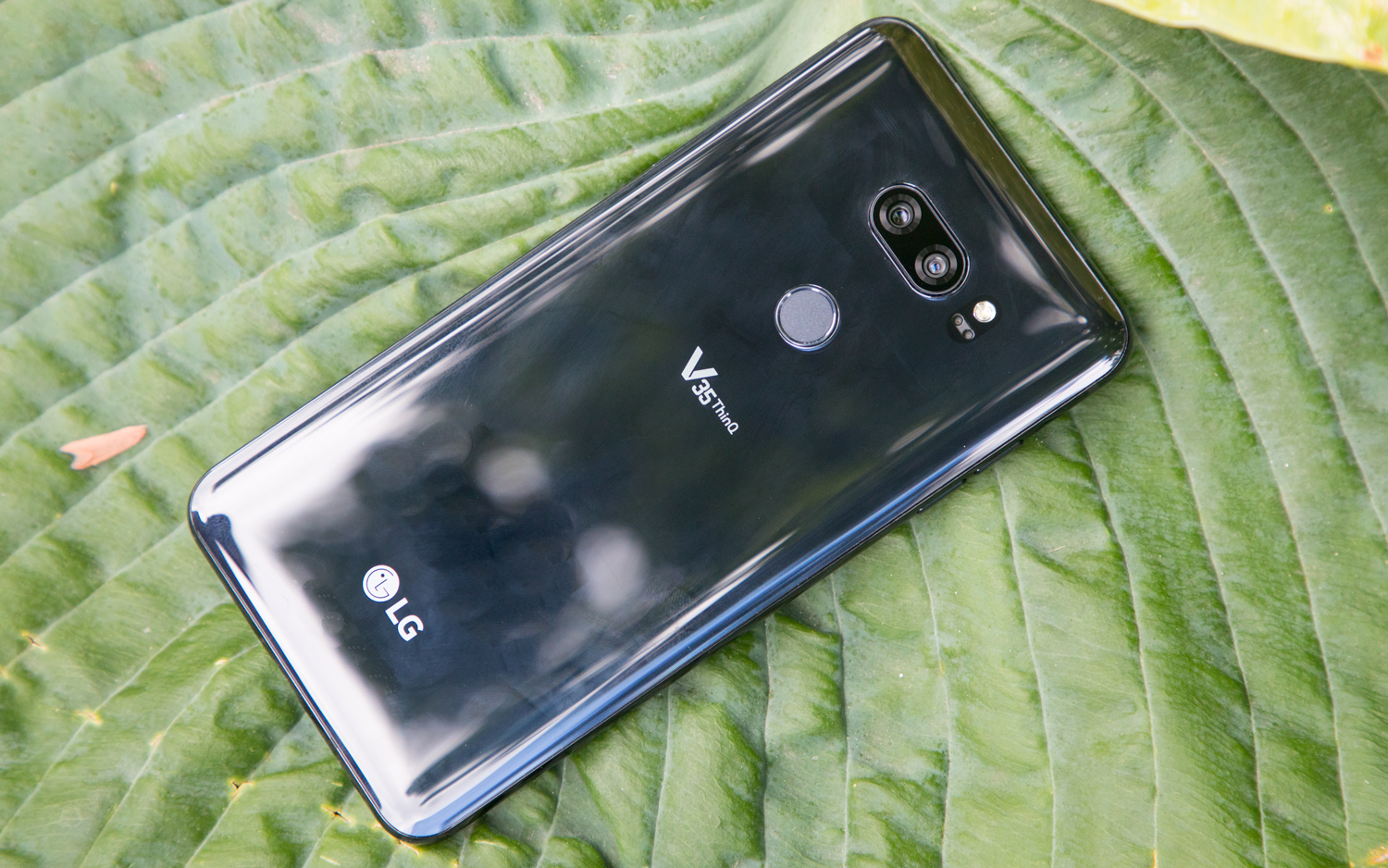
Is LG's V35 ThinQ right for you?
If you're in the market for a new premium smartphone and the LG G7 ThinQ isn't quite your cup of tea, perhaps you should take a look at one of LG's other recent flagships. The LG V35 ThinQ takes the power of the G7 — the two phones run on the same mobile processor — and couples it with the smarter, sleeker design and OLED display of last fall's LG V30. In many ways, it's the phone the G7 should have been.
But of course, the V35 is not without its faults. What follows are some of the reasons why you should make the V35 ThinQ your next handset and a few more that explain why you should take a pass. (Photo Credit: Tom's Guide)
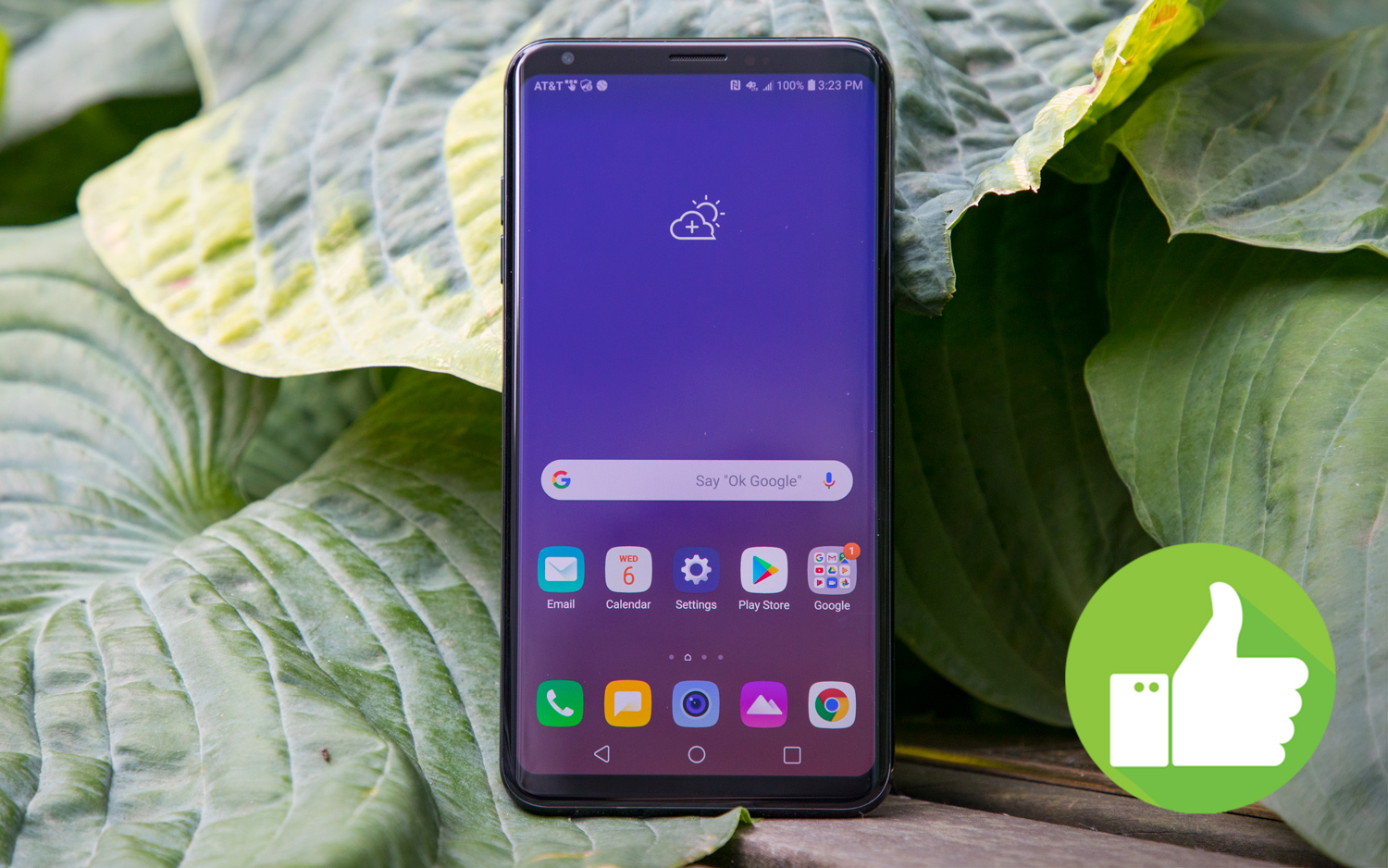
Streamlined, lightweight design
The V35 is somewhat of an unassuming phone, with its rounded edges, slim bezels on top and bottom — and honestly, not much else. But much like the Samsung Galaxy S9, it's extraordinarily effective as a simple expression of how a modern phone should look and feel.
It's functional, too — the V35 supports wireless charging, has a headphone jack and has an IP68 water-resistance rating. The fingerprint sensor/power button on the phone's back surely takes some getting used to, but this is a very comfortable phone to use, partly because it's so light. Some will argue that LG has run out of ideas in reusing the V30's design, but the company was definitely smart not to fix what wasn't broken. (Photo Credit: Tom's Guide)
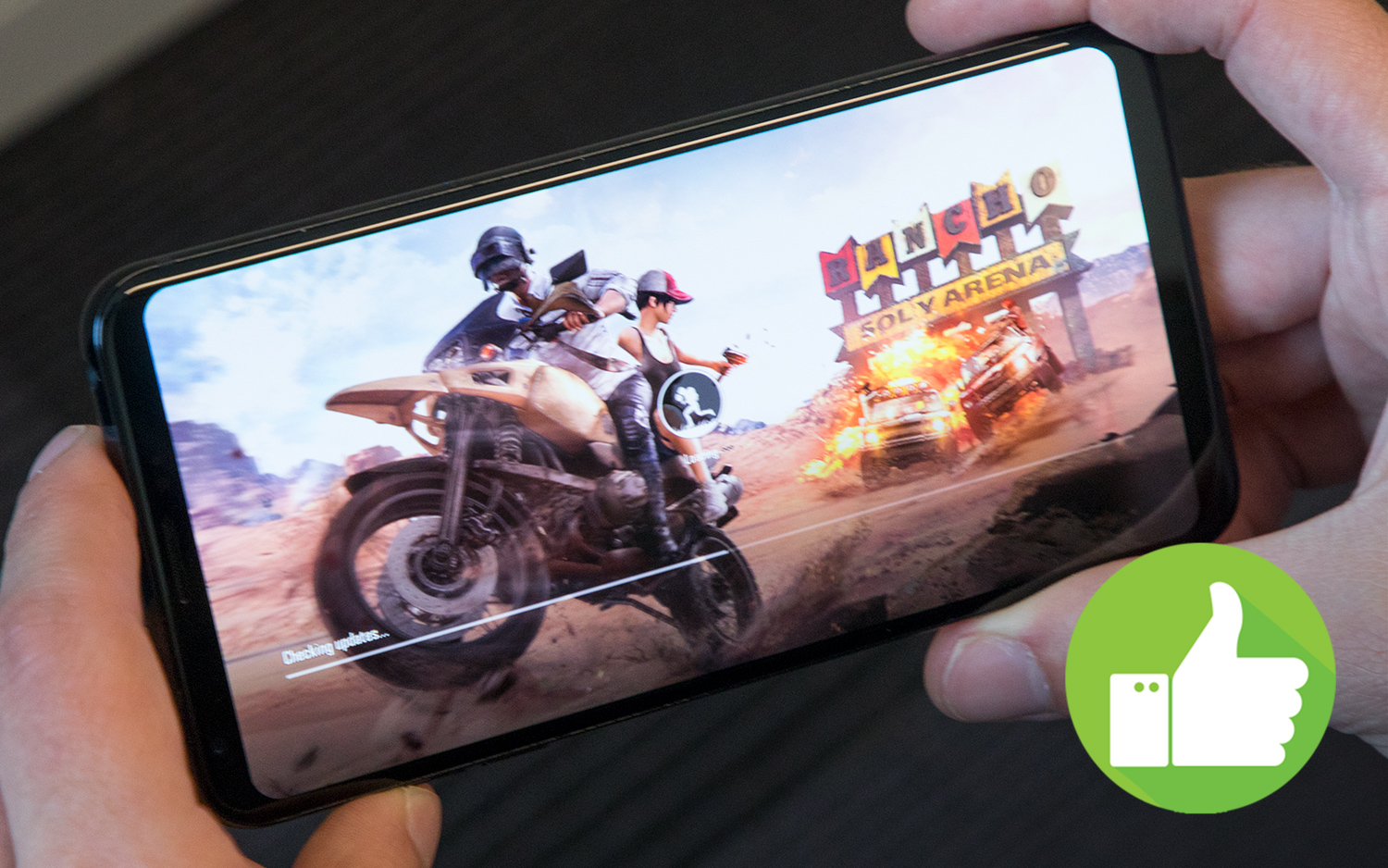
A performance leader
Armed with a Snapdragon 845 and 6GB of RAM, the V35 is one of the most powerful phones money can buy. Our unit was barely outpaced by the 8GB-equipped version of the OnePlus 6 in testing, which is the fastest Android handset we've encountered yet. If you enjoy gaming, the V35 ThinQ surely won't let you down: It's equipped to play the most demanding mobile games, like PUBG Mobile, on maximum settings at a very smooth frame rate. (Photo Credit: Tom's Guide)
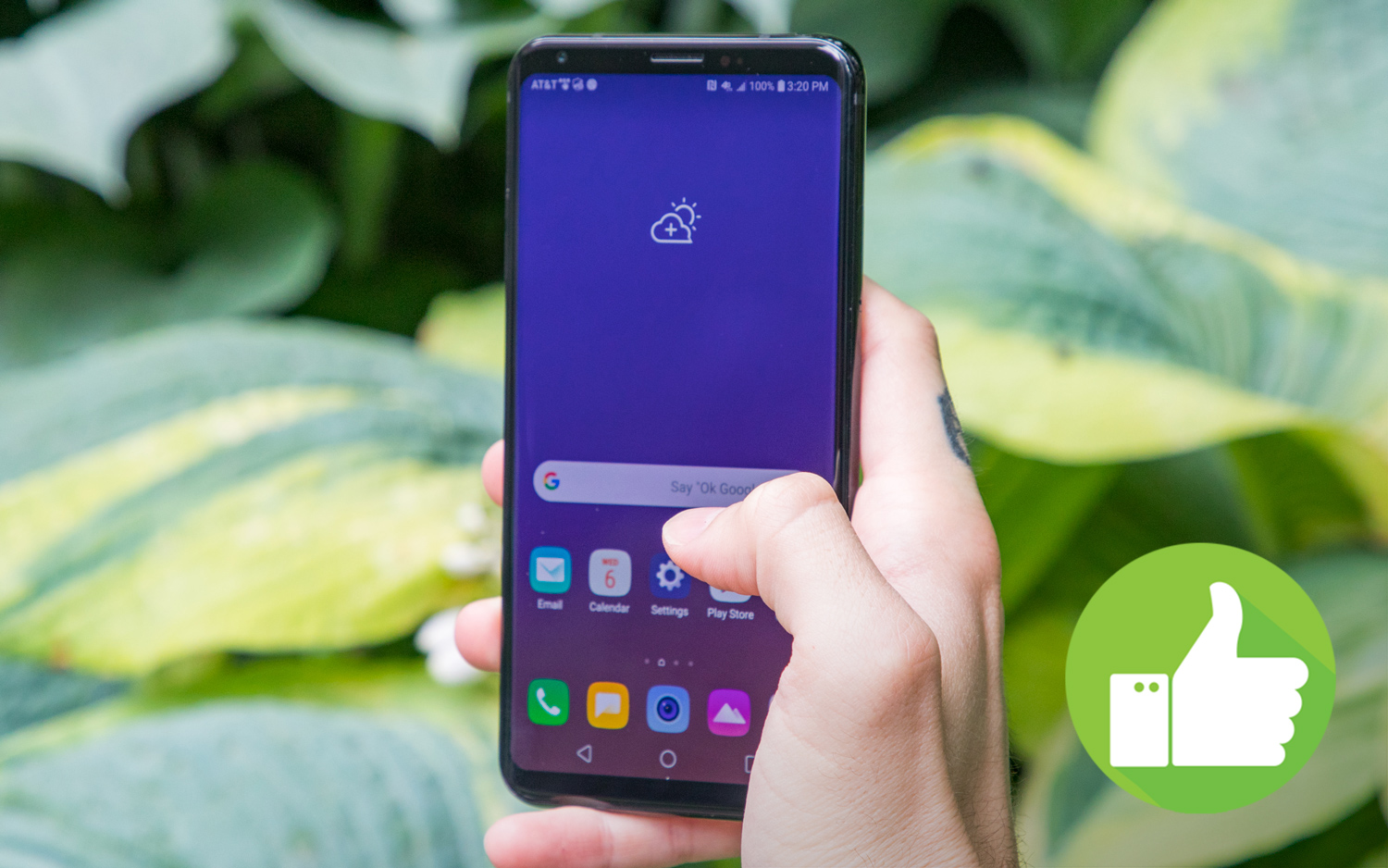
Gorgeous OLED display
LG's pOLED display tech isn't quite on par with the AMOLED panels on Samsung's top phones, though it's hardly the worst out there, either. The V35 ThinQ's display won't get quite as bright as the Galaxy S9's, OnePlus 6's or iPhone X's, but it still delivers delicious hues and offers a multitude of color profiles, from realistic to supersaturated.
The 6-inch, 18:9, 2880 x 1440 panel is large and sharp enough for watching movies or editing documents, and it's much better than its LG-produced counterpart, the Pixel 2 XL. Every high-end smartphone should have an OLED panel, and the V35's is among the best. (Photo Credit: Tom's Guide)
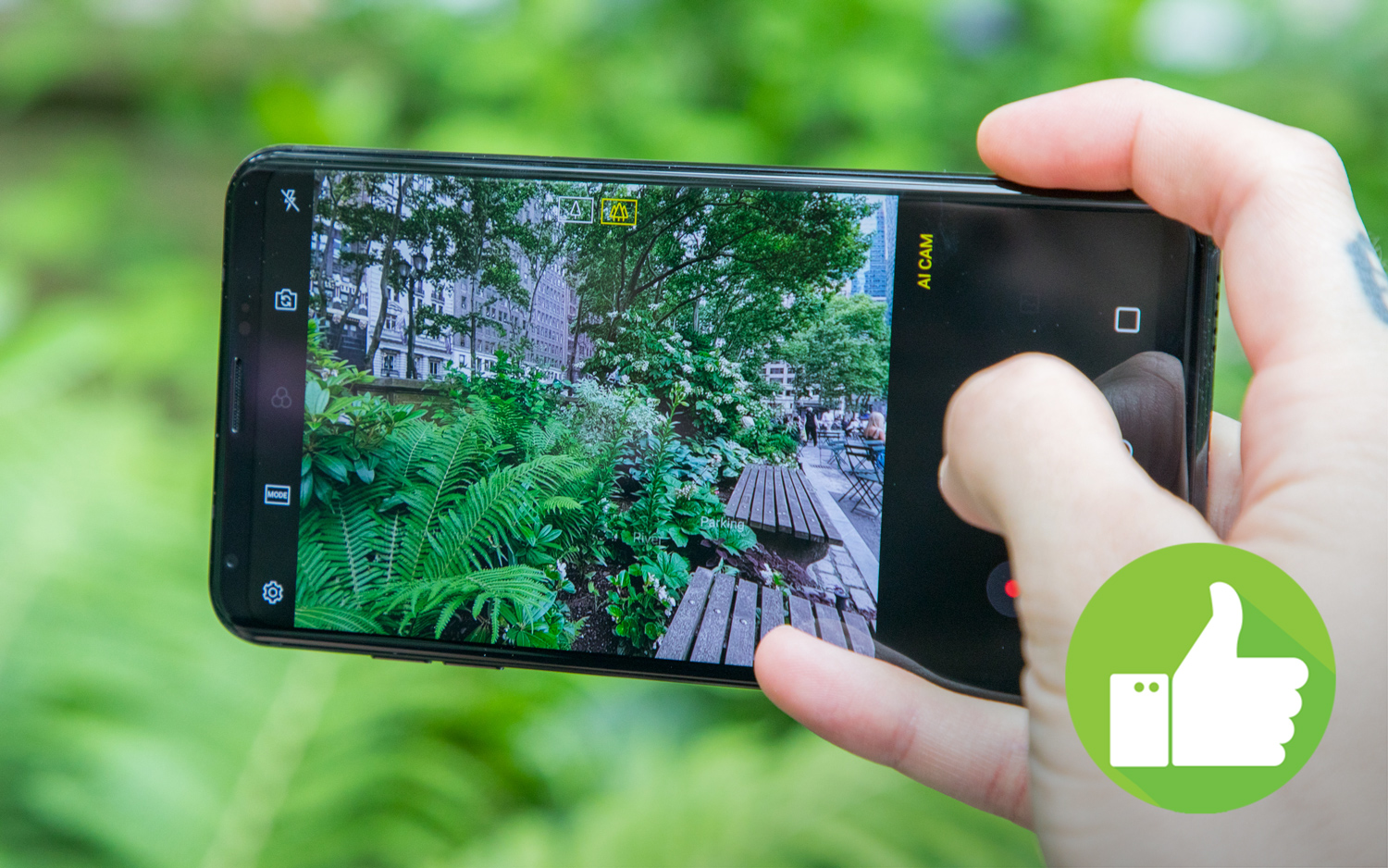
A unique, wide-angle perspective
We have some issues with the V35's camera — more on that in a moment. But the device does have some notable benefits for photographers, chief among them being the phone's secondary 16-megapixel, wide-angle lens. It allows you to take stunning landscape shots that are impossible on most other handsets. LG is the only company that has made a tradition of incorporating wide-angle photography into all its flagship phones over the last few years, and we wish other phone makers would take note. (Photo Credit: Tom's Guide)
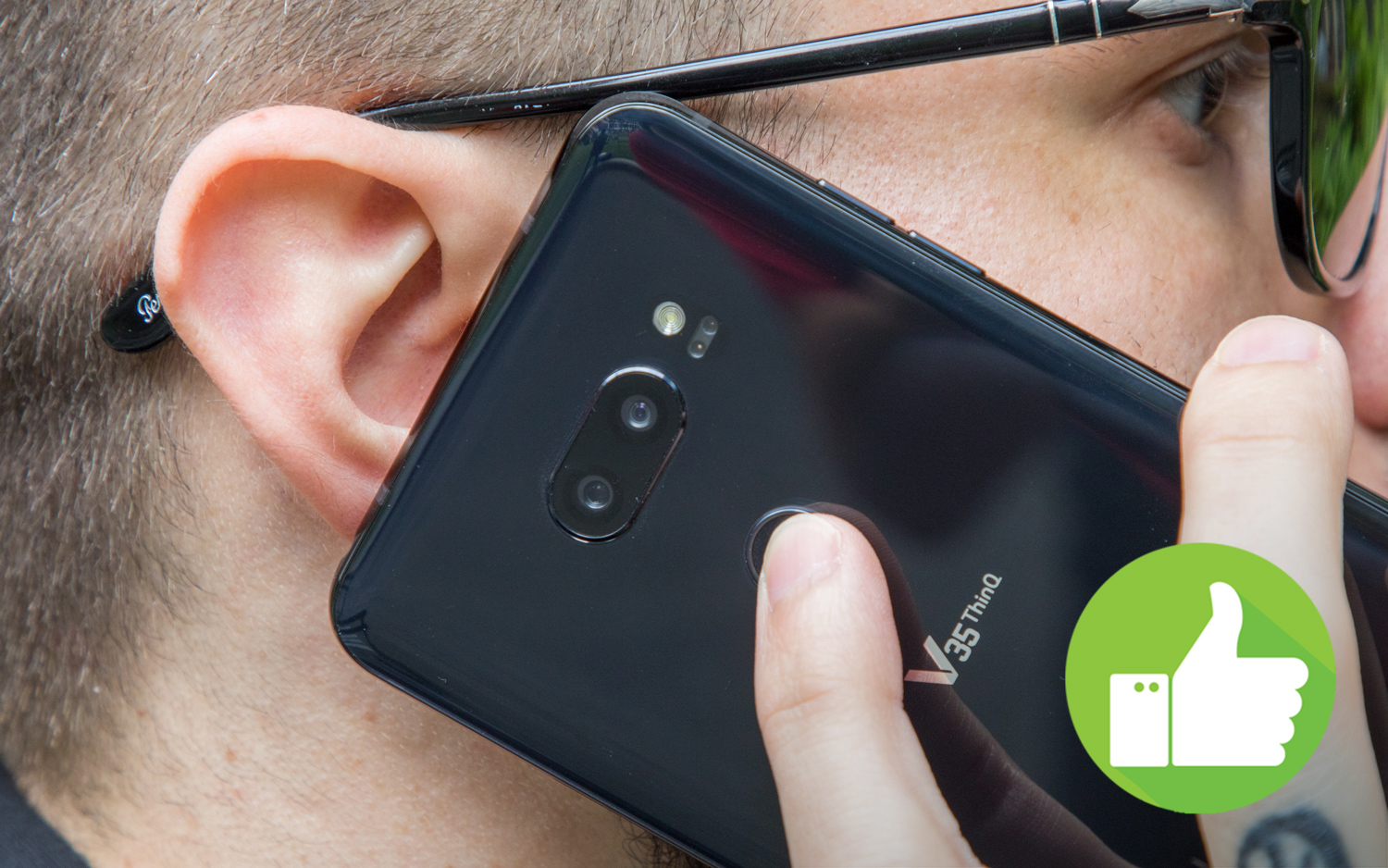
High-quality audio
Another hallmark of LG's phones is the use of a quad digital-to-analog converter for audio enhancements. This component takes the digital signal and transforms it into an analog waveform with a boosted sample rate and as little distortion as possible. By the time that signal reaches a pair of high-quality headphones, you're getting richer sound with more texture and clarity than you're likely to experience on any other handset (outside of LG's G7, which also has the feature). You probably won't notice a difference on the V35's built-in speakers or your run-of-the-mill portable Bluetooth headphones, but coupled with the right equipment, LG's latest flagship can really sing. (Photo Credit: Tom's Guide)
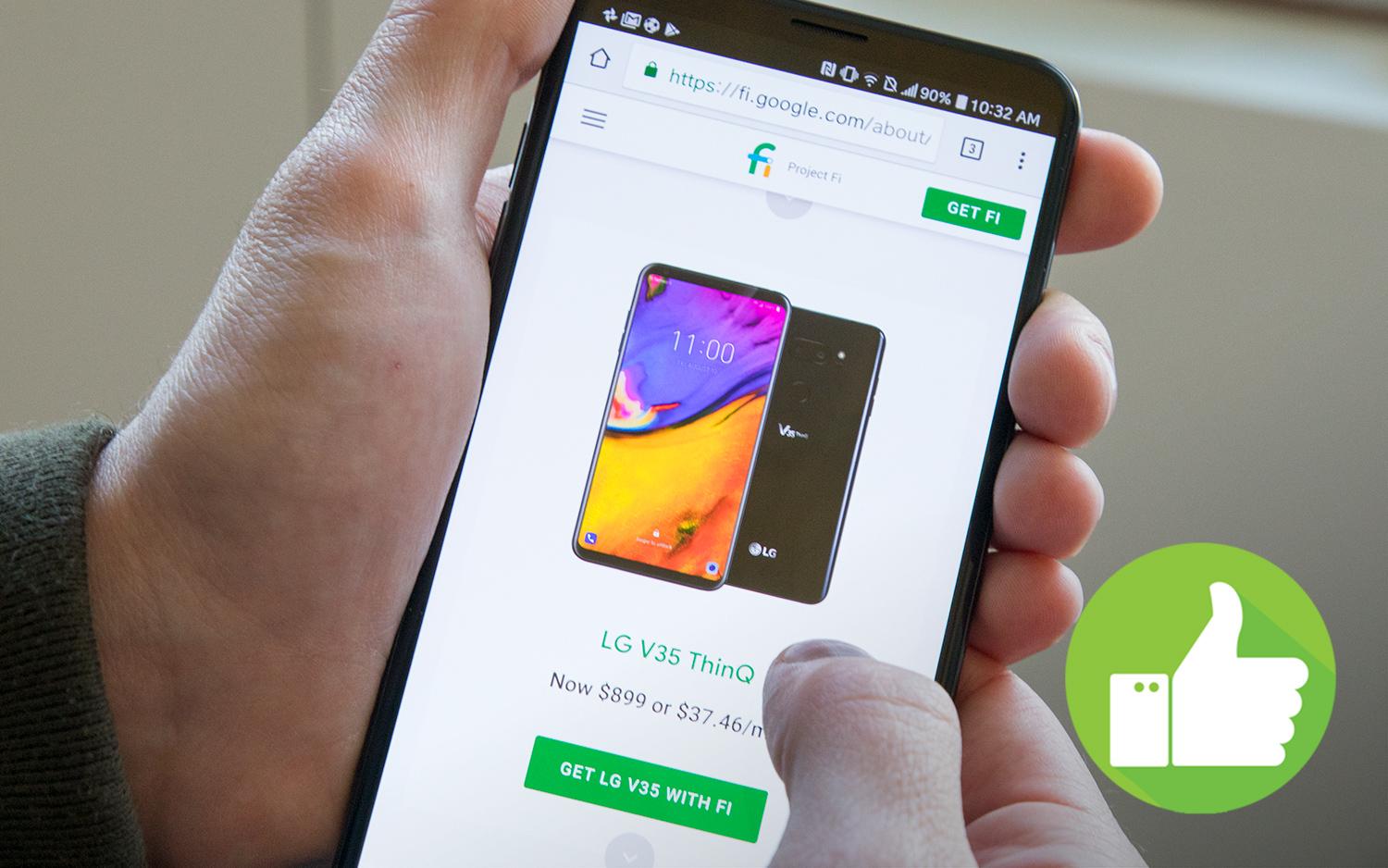
Project Fi ready
One of our favorite lesser-known carriers is Project Fi — a Google-run service built on the networks of Sprint, T-Mobile and U.S. Cellular that charges you only for the data you use every month. We like Project Fi for its excellent coverage, seamless switching between the three networks, clever pricing strategy and excellent customer support, represented by an app that makes managing your account and speaking with representatives a breeze.
The only issue with Project Fi is that you can't just bring any device and join — only certain handsets are certified to work with the service. Fortunately, the V35 is one of them. That means there's a pleasant alternative to AT&T if you have your heart set on this phone. (Photo Credit: Tom's Guide)
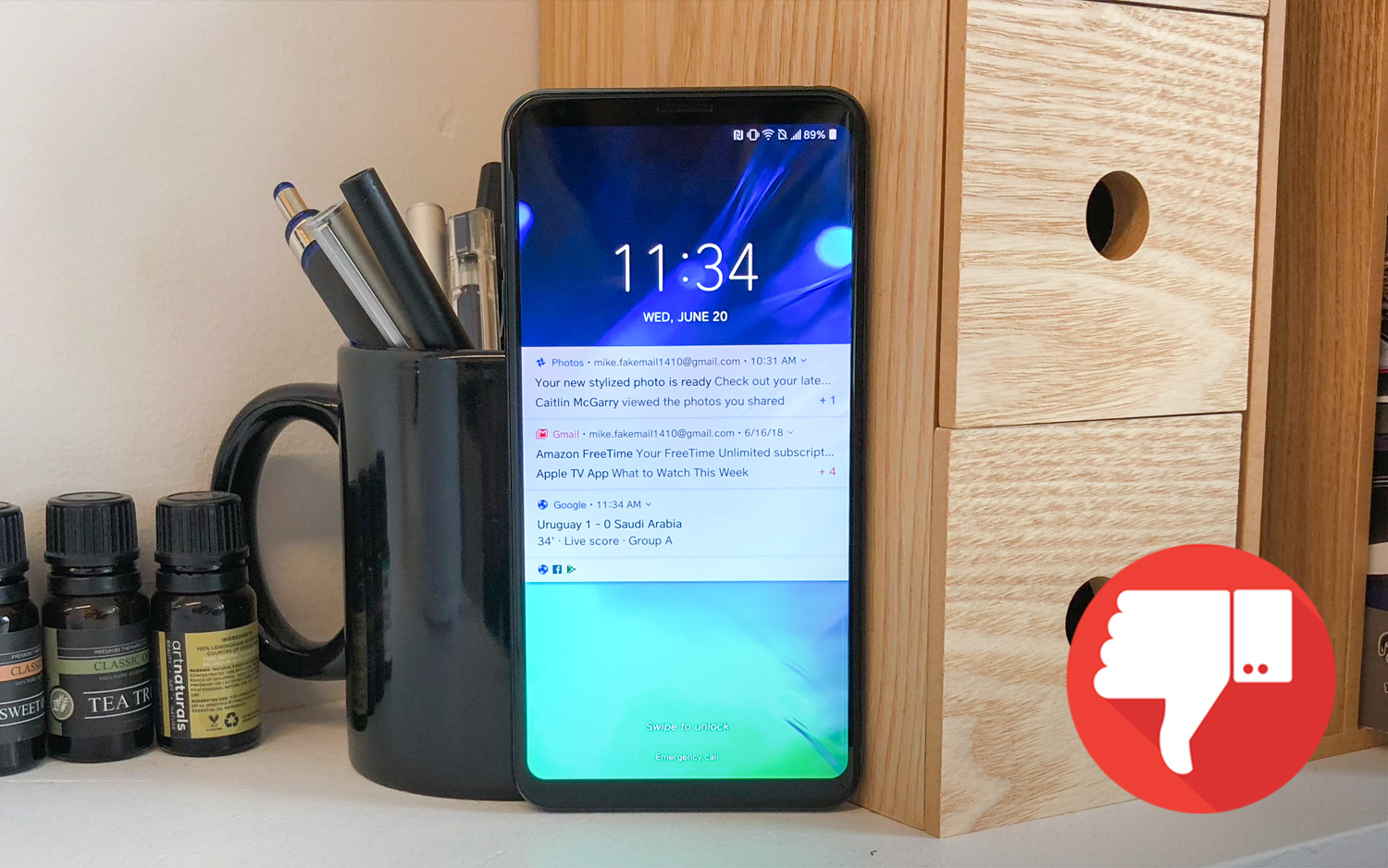
Way too expensive
The G7 raised some eyebrows when its high price tag came to light. The cheapest price you can find for that device is $750 from T-Mobile, while other carriers offerit for closer to $800. And yet, that's nothing compared to the V35, which goes for $899 on AT&T and Project Fi.
That's about $80 more than an unlocked Galaxy S9+ goes for now, and $50 more than the Pixel 2 XL. Throw in the fact that the V35 is locked to either AT&T or Project Fi (depending on how you purchase it), and LG's latest is a phone that forces you to make an awful lot of concessions just to buy it. (Photo Credit: Tom's Guide)
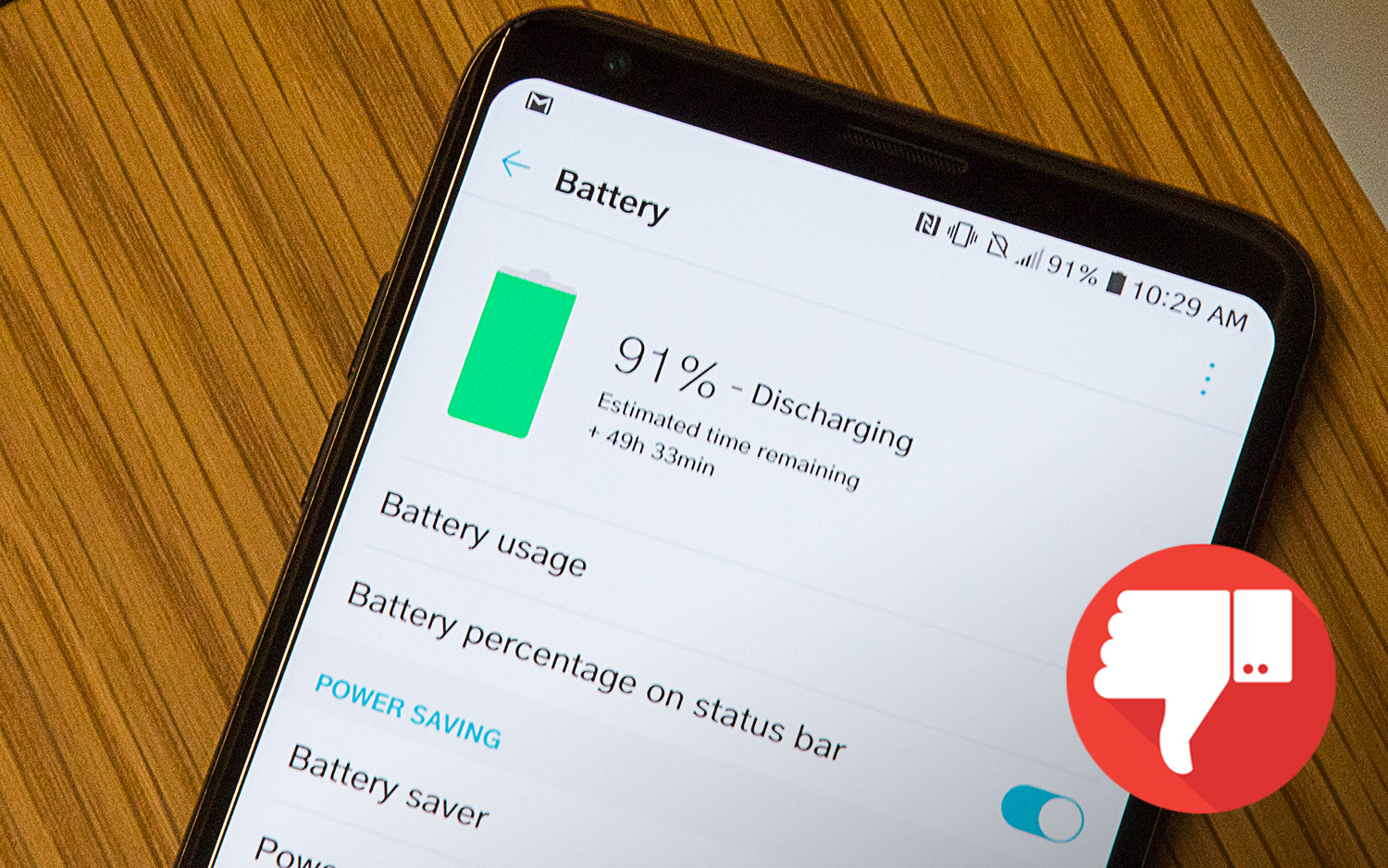
Below-average battery life
When you drop close to $900 on a state-of-the-art smartphone, the last thing you want to worry about is getting through the day on a charge. LG's recent flagships haven't enjoyed the best battery life — the G7 lasted just 8 hours and 35 minutes in our testing, for example. The V35 fared a bit better at 9:11, but even that's well short of the 9:48 average of smartphones we've tested.
Many high-end devices — from the latest iPhones, to the Galaxy S9 duo, to the Pixel 2 XL and Huawei's Mate 10 Pro — will last you hours more. Unless one of the first purchases you want to make after picking up your V35 is a portable battery, we recommend that you consider more efficient phones first.
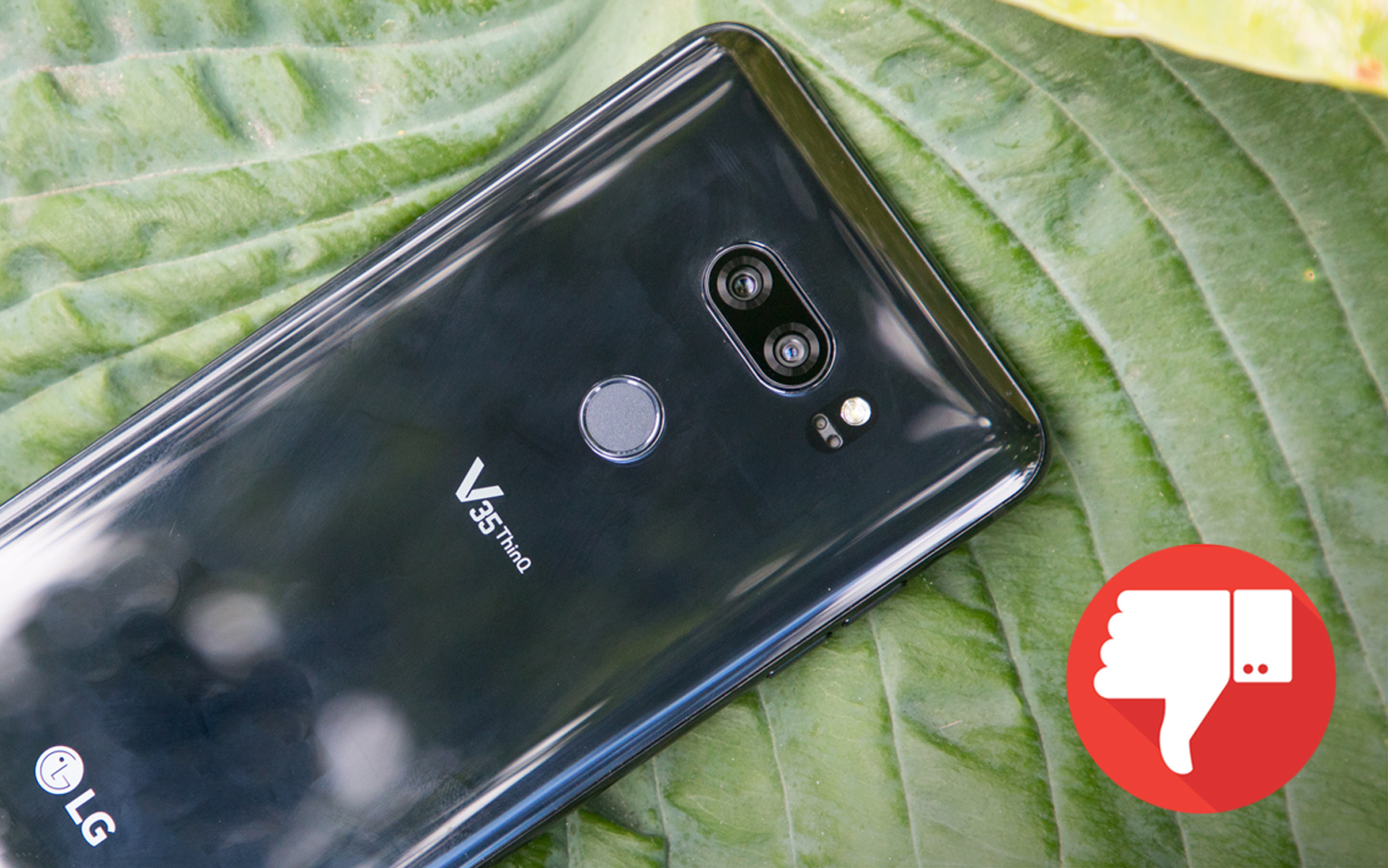
AI cameras that hurt, not help
A growing number of phone makers are turning to artificial intelligence to recognize scenes when you take pictures, using AI to make instantaneous tweaks to brightness, contrast and color, depending on the subject. In practice, though, the V35's AI-aided processing tends to do more harm than good.
The V35 favors overly bright scenes and saturated colors that lack the contrast, detail and realism of shots taken with the Pixel 2 and iPhone X — two phones that don't utilize AI processing at all. It's almost like the V35 applies a filter that makes the result look the way LG thinks you want it to, rather than simply representing the world as it actually appears. Furthermore, the V35 isn't always quick to parse out what's in front of it, either, which can make the AI processing even more frustrating. (Photo Credit: Tom's Guide)
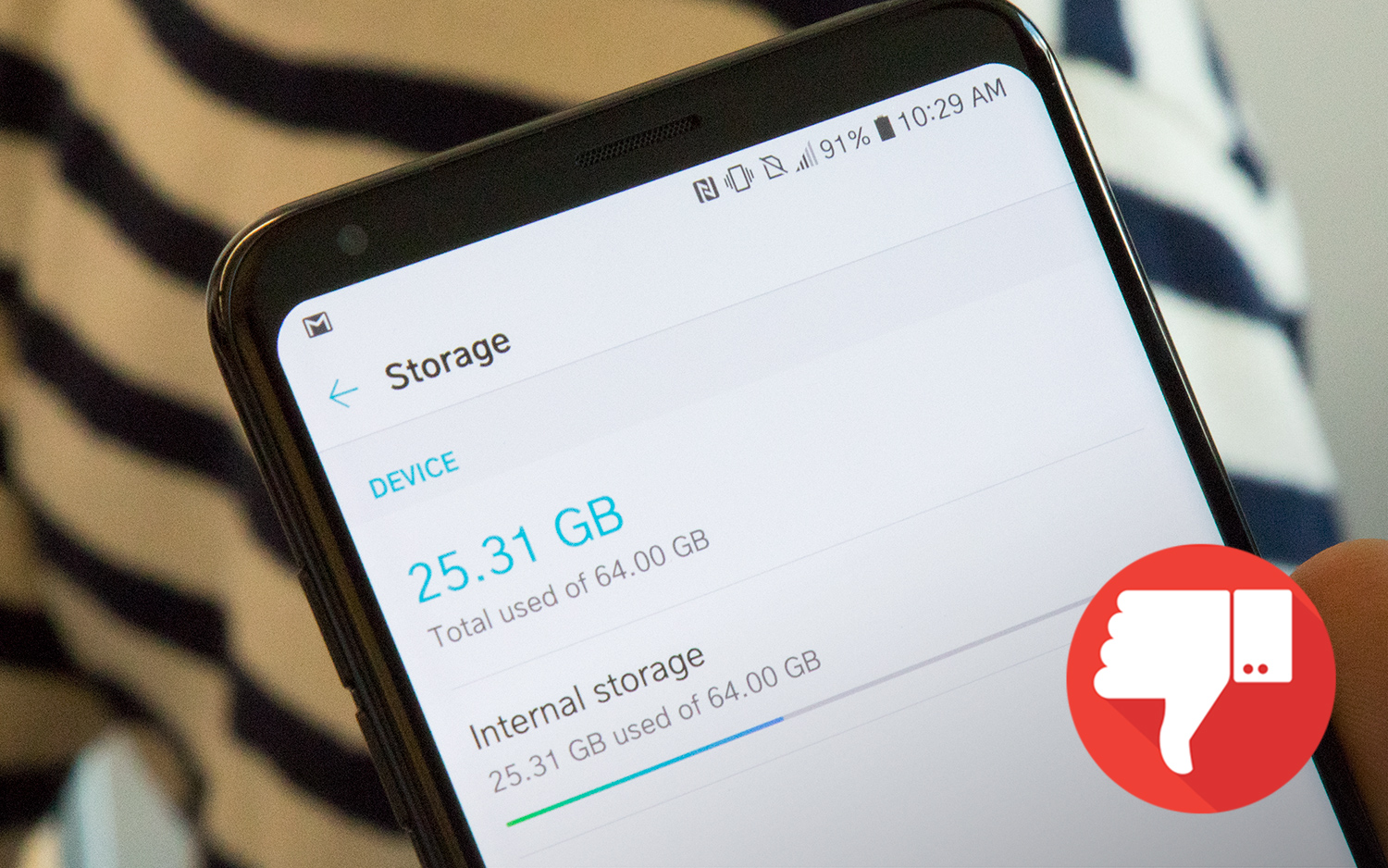
Scant onboard storage
While the V35 features a microSD card slot, it has only 64GB of storage built in. That's the bare minimum for a flagship phone in 2018. But it gets even worse, once you factor in the significant chunk of space that Android takes up, leaving you with around 50GB for locally stored photos, music and so on. Again, for $899, you deserve better. (Photo Credit: Tom's Guide)
Adam Ismail is a staff writer at Jalopnik and previously worked on Tom's Guide covering smartphones, car tech and gaming. His love for all things mobile began with the original Motorola Droid; since then he’s owned a variety of Android and iOS-powered handsets, refusing to stay loyal to one platform. His work has also appeared on Digital Trends and GTPlanet. When he’s not fiddling with the latest devices, he’s at an indie pop show, recording a podcast or playing Sega Dreamcast.
